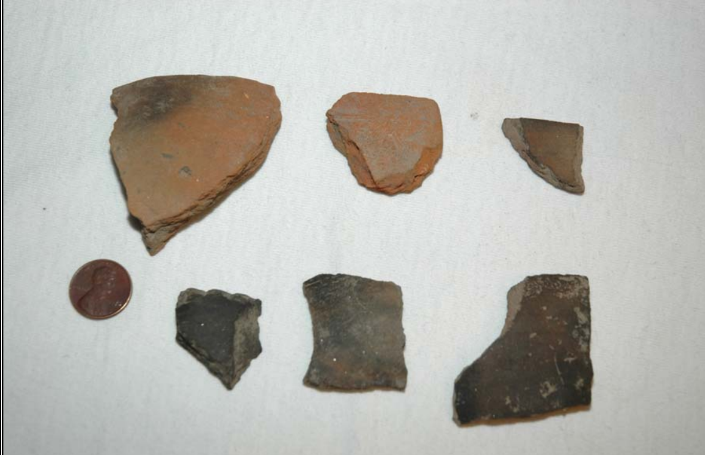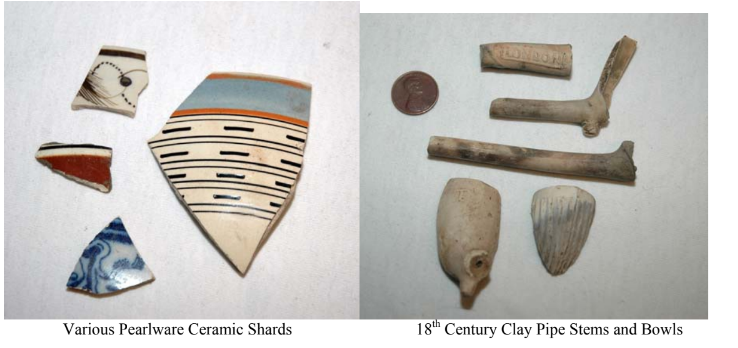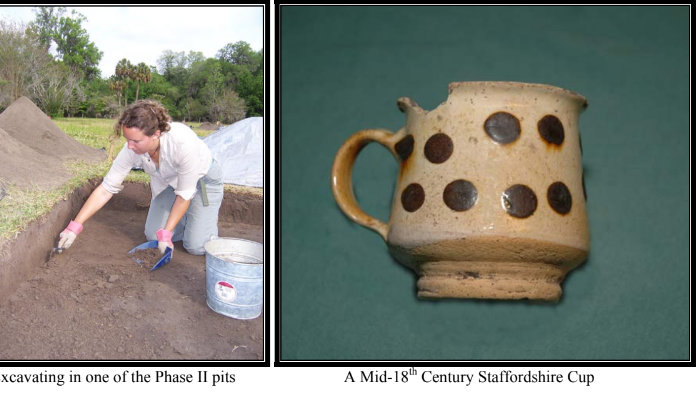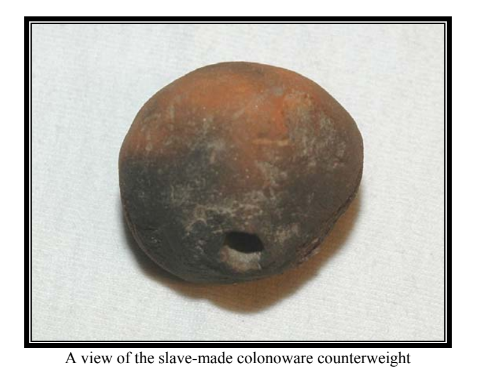Black History Month at Magnolia: Honoring those Who Created and Maintained the Gardens
This image of the garden staff was taken on the back steps of the Plantation House in the 1920s.
Some of the individuals have been identified over the years, but the identity of most is still unknown. It is believed that these individuals were the descendants of those enslaved not only at Magnolia but other properties in the area. Before Magnolia was a public garden, it was a working rice plantation. The cabins featured on our From Slavery to Freedom tour have been preserved and restored, each representing a time period significant to both African-American and Lowcountry history. This tour honors and remembers the men, women, and children who designed, planted, and worked in the gardens, built and maintained the bridges, and labored in the house and the rice fields.
In 2009, an extensive Phase I & Phase II archaeological survey was conducted in the fields surrounding and underneath the enslaved cabins at Magnolia in 2009. Four of the five structures were built in approximately 1850 and the fifth smaller building was built in approximately 1900. Our cabins have a unique history as they have actually been inhabited from the time of antebellum slavery, through emancipation, and into the late 20th century. It is our responsibility to preserve these field cabins as we continue to educate and tell the stories of those who lived on property through our “From Slavery to Freedom” tours.
A significant find: Colonoware
“Colonoware” is a crude earthenware pottery manufactured by the enslaved.
These large bowls and pots are made in the fashion of West African pottery. They may
have been stripped of all of their personal possessions when enslaved, but their retained their cultural identity and memories of how to make things. More than 400 individual shards of colonoware were recovered during the excavation.
One unique and rare colonoware discovery was that of a mostly-intact hand-made colonoware spindle counter-weight made for a spinning wheel to make thread. Only one other similar discovery has ever been made on a plantation site, and that was at the Stono Ferry Plantation on Johns Island in the early 1970s.
This is an image of John Bennett, taken in the early 20th century. John was born at Magnolia in the late 1870s. His father, Adam, was the first garden superintendent at Magnolia. When the gardens first opened to the public, it was either the Rev. Drayton or Adam Bennett who would greet the steamboats after they docked. John would share the stewardship duties of the gardens with his father until Adam's death in 1910. John continued as the garden superintendent until his death in 1926.
A hand tinted image of “Aunt Phoebe”. It is believed that she was enslaved at Magnolia before Emancipation and stayed as a free person after the end of the Civil War. She was one of the members of the garden staff. She, along with other members of the garden staff, would sweep the garden pathways every morning before visitors arrived.
Joe McGill, former tour guide at Magnolia and the founder of the Slave Dwelling Project, took NPR and the TED Radio Hour on a journey through time at Magnolia’s historic cabins. These restored cabins are part of the From Slavery to Freedom tour.
Each cabin has been restored to a different time period that both enslaved and freed people lived on property. Check out the podcast episode to learn more about Joe’s experience sleeping in one of the cabins as he launched the Slave Dwelling Project back in 2010.







